|
While our itinerary said we were going to be spending the day in Swaziland, it turns out that King Mswati III, one of the world’s few absolute monarchs, had renamed the country to Eswatini in 2018 during his 50th birthday celebration (which coincided with Swazi’s 50th year of independence). The name Eswatini means “land of the Swazi” and it was apparently changed from Swaziland because the King implied that wherever he went people referred to his kingdom as Switzerland. The official languages in Eswatini are Siswati (similar to Zulu) and English. The population of Eswatini is estimated at 1.5 million and it is geographically, the third smallest country in Africa. The borders of the kingdom were defined after the Boer War. The King owns the lands of Eswatini and has 20 Royal Residences scattered throughout his kingdom. While there are approximately 3600 roads throughout the kingdom, only about 1000 are paved. As with other African countries that we visited, China is investing heavily in Eswatini’s infrastructure and economy, although the unemployment rate is still quite high at over 25%. Culturally, the country tends to follow its African traditional roots. Approximately 18% of the population uses traditional healing methods. Polygamy is legal and accepted with the King boasting 14 wives (although not as many as his father who had 125!). His youngest wife is 16 years old. The biggest health issue in Eswatini is HIV and it is estimated that 27% of adults 15 to 49 years old are living with it, with more than 40% of pregnant women in the country carrying the virus. As a result of the high incidence of AIDs related deaths, the life expectancy for men is only 54 and 61 for women. After a short drive from Mpaka Station, we arrived at the first of our stops in Eswatini - a small but thriving market and candle shop just off the main highway. Swazi hand-made candles are renowned for their detail, vibrant colours and vast product range. As we meandered through the candle shop, artisans were rolling and pressing warm wax into exotic animal shapes, then mixing in paints to create lifelike giraffes, elephants, lions and myriad other wild game. They also had a wide variety of animal prints in all shapes and sizes. We could not leave the shop without purchasing some unique Swazi souvenirs. Outside the candle factory, we wandered through the outdoor market that was filled with more hand-made crafts. Carved, wooden and soapstone figures, metal pots, hand-made jewelry and lines of coloured fabric covered the market area. We purchased a beautiful, carved wooden giraffe and a couple of brightly coloured table clothes emblazoned with Africa’s “Big 5”. We boarded our bus and continued along the paved highway through the Ezulwini Valley, crossing the pastoral, rolling landscape towards our destination at the Mantenga Cultural Village in the west; a small enclave of the Mantenga Nature Reserve. As we approached the Mantenga Cultural Village, we wound through the valley amongst a small crop of mountains. The village is nestled in a thick forest and overlooks the lush valley and stark mountains in the background. We disembarked from the bus and walked about 200 meters from the parking lot along the dirt road that leads to the cultural village. The village represents Swazi cultural heritage and tribal life as it was in the 19th century. There is a dozen or so grass huts surrounded by reed fences which provide protection from predators and the wind. Each hut serves a distinct purpose and the village is divided by gender with separate areas for both men and women. As with most polygamous cultures, the wives all live within the village in their own huts. There is a special place for the first wife, who occupies the largest hut and for her mother, who also has her own hut where community ceremonies and feasts are held. After spending time in the village and getting a chance to explore the huts and talking to the villagers who live there, we were escorted to an outdoor amphitheatre where we were entertained by dancers and singers in brightly coloured traditional dress. The dances were interpretations of different rituals and customs, including a courtship ritual. Each dance was accompanied by traditional African drumming that set a primal beat to each performance. The dances were loud, passionate and vigorous - full of energy and life. This was as much an exhibition of athleticism as it was a cultural performance. Following our cultural experience at Mantenga Village, we drove a short distance to Mantenga Lodge, a boutique resort that overlooks Shebas Breasts Mountains, the same mountains we saw from the cultural village and the legendary site of King Solomon’s Mines. The most prominent peak is known as Execution Rock, so named because criminals and those accused of practicing witchcraft were forced at spear-point, to walk off the cliff to their death. It was against this surreal backdrop that we enjoyed a lovely lunch on the patio of Mantenga Lodge. After a relaxing time at the Lodge we reboarded our bus for the 90 minute drive back to the train. As we drove back through the peaceful Ezulwini (which means ‘place of Heaven’) Valley, we learned that 10% of Eswantini is allocated to Nature Reserves. We also learned that, unlike many of the other African countries where nature reserves abound, there is virtually no poaching in Eswatini. The reason? Quite simple - poachers can be shot on sight with no consequences to the shooter. A rather extreme, but effective deterrent.
We boarded our train (after the usual red-carpet treatment and welcome back drink, of course) at 4:00 pm and the train left promptly at 4:30pm. We took our usual spots in the dining car at 7:30pm, where we enjoyed venison pot pie and French beans. As we were eating, the train stopped at the South African border control and remained stationary until just after 9:30pm. When it continued its journey, it travelled until 3:30am, a stretch that included quite a bit of jarring because of the condition of the rails in this part of the country. Nonetheless, we had experienced another fabulous day in Africa. If you are considering visiting Swaziland, please contact us for expert advice and assistance. Continue to Day 11 - click here
0 Comments
Your comment will be posted after it is approved.
Leave a Reply. |
Sharing Our Travel DreamsSharing our personal experiences onboard and on the road, along with tips and insight for creating memorable vacations. Archives
March 2021
Categories
All
|
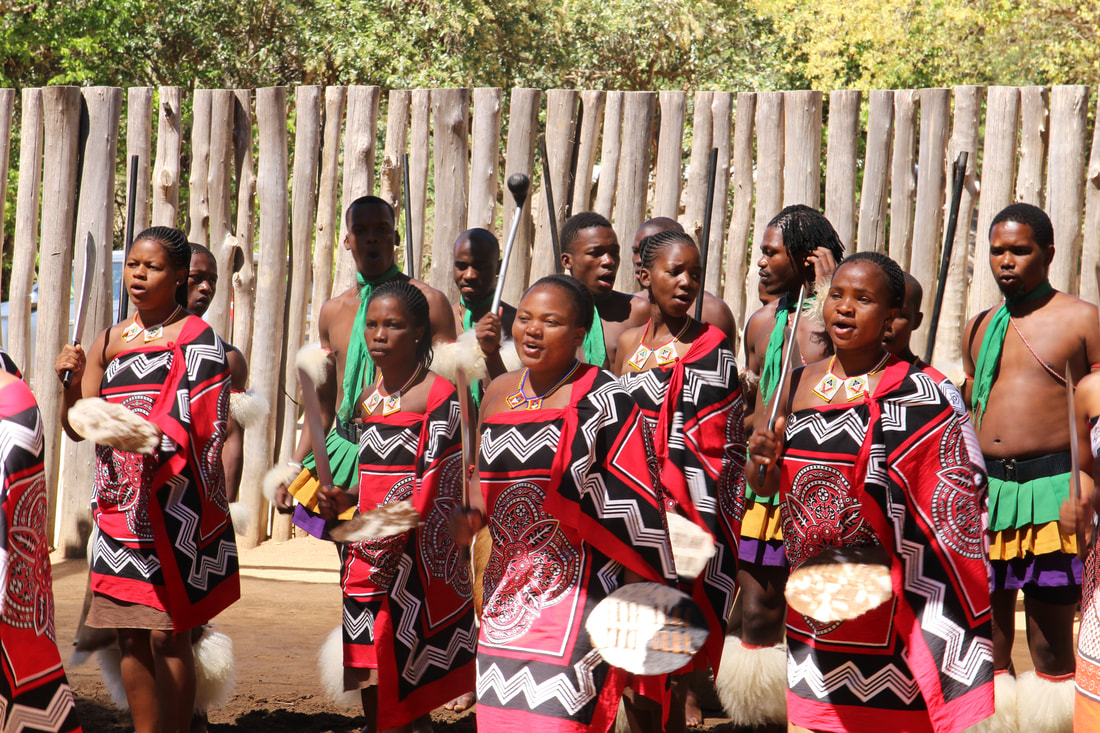
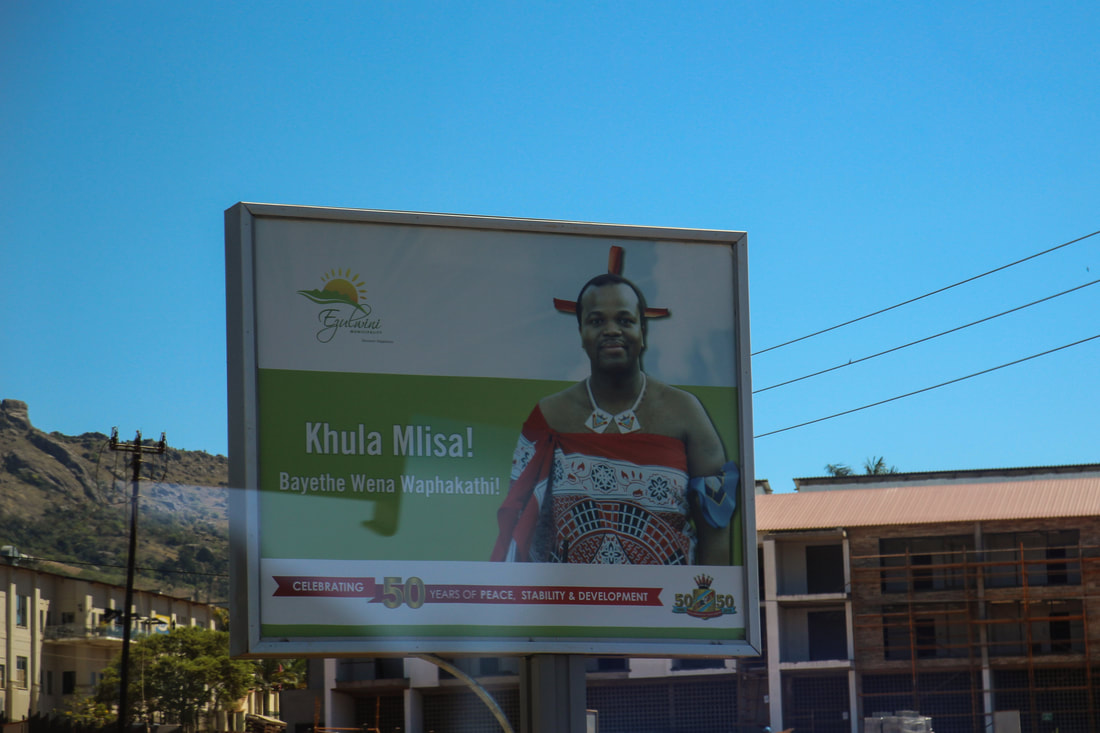
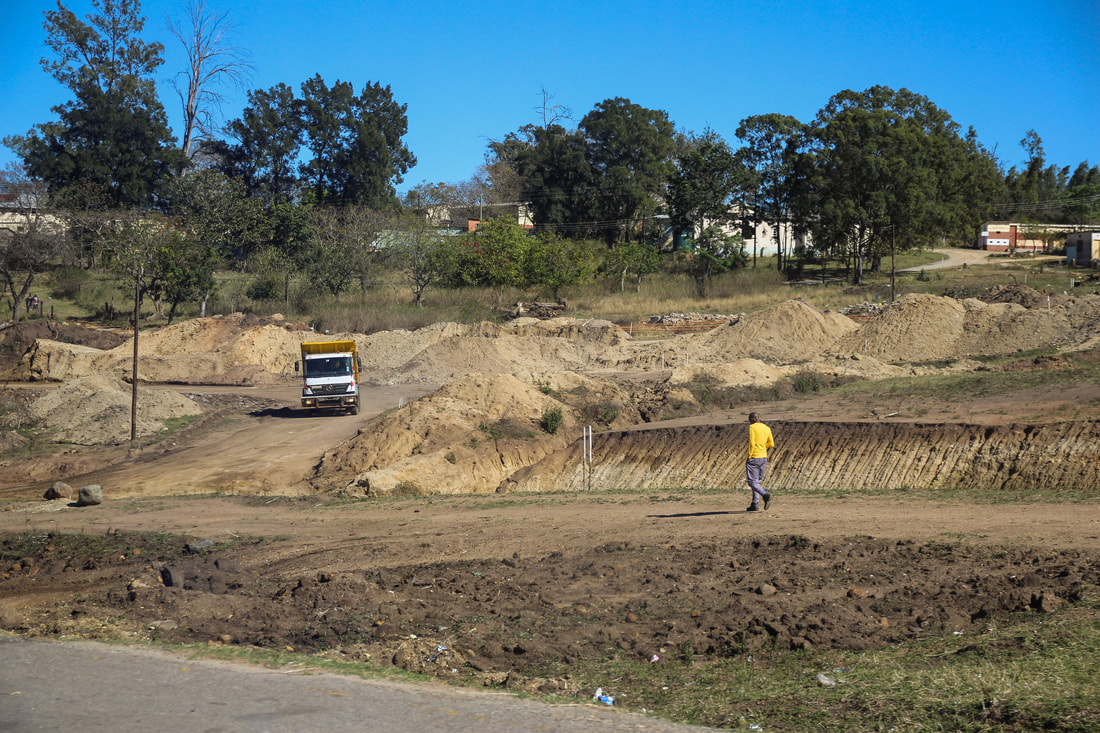
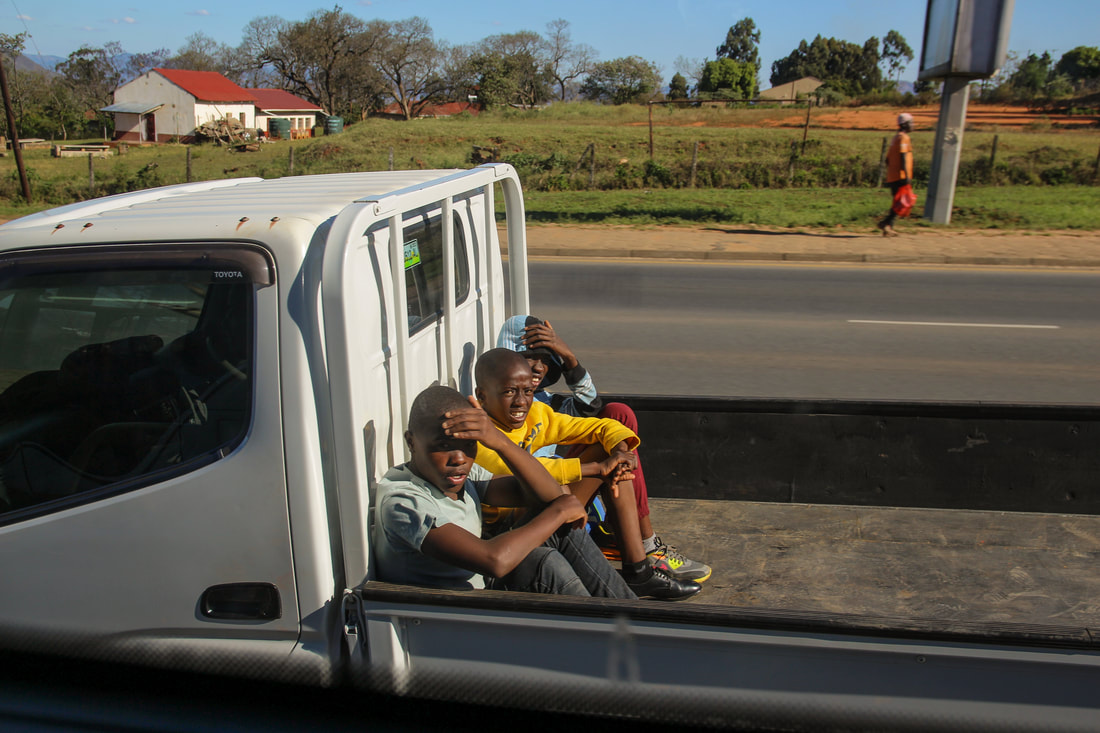
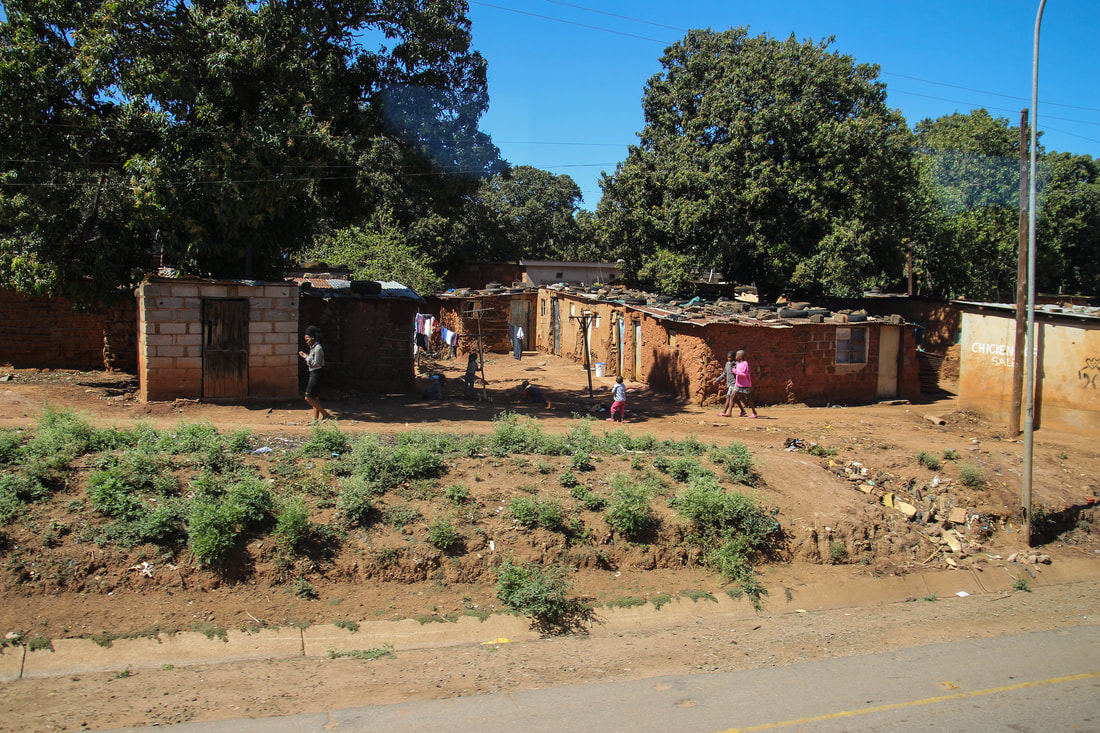
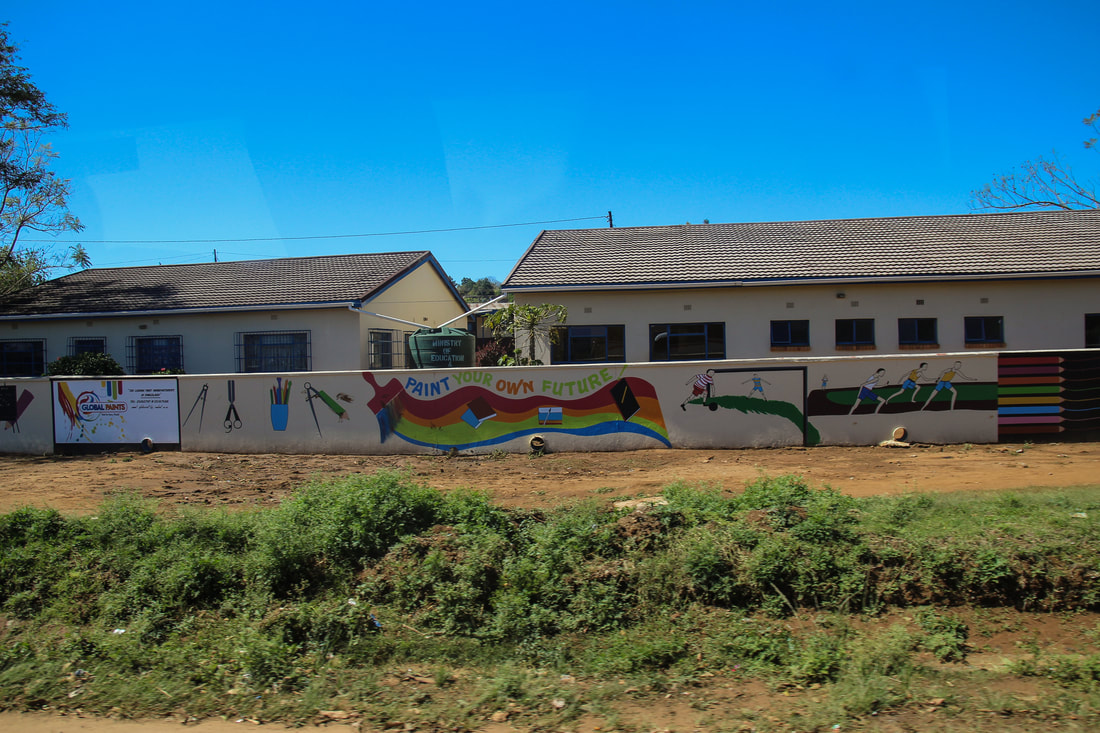
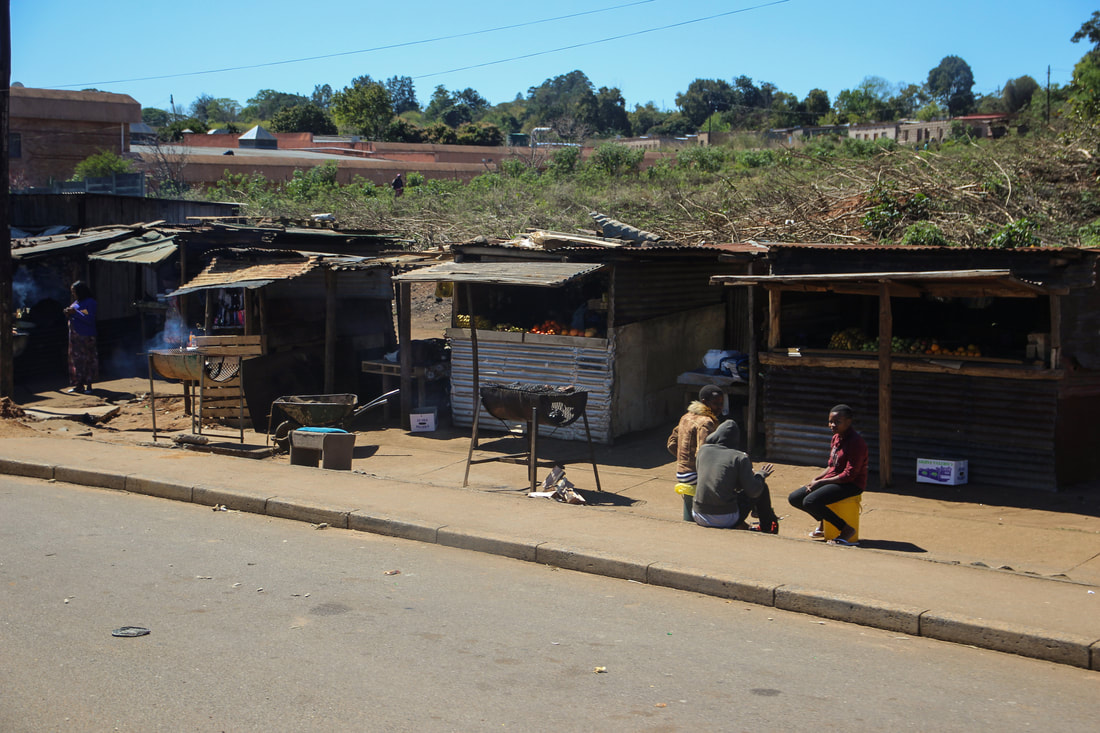
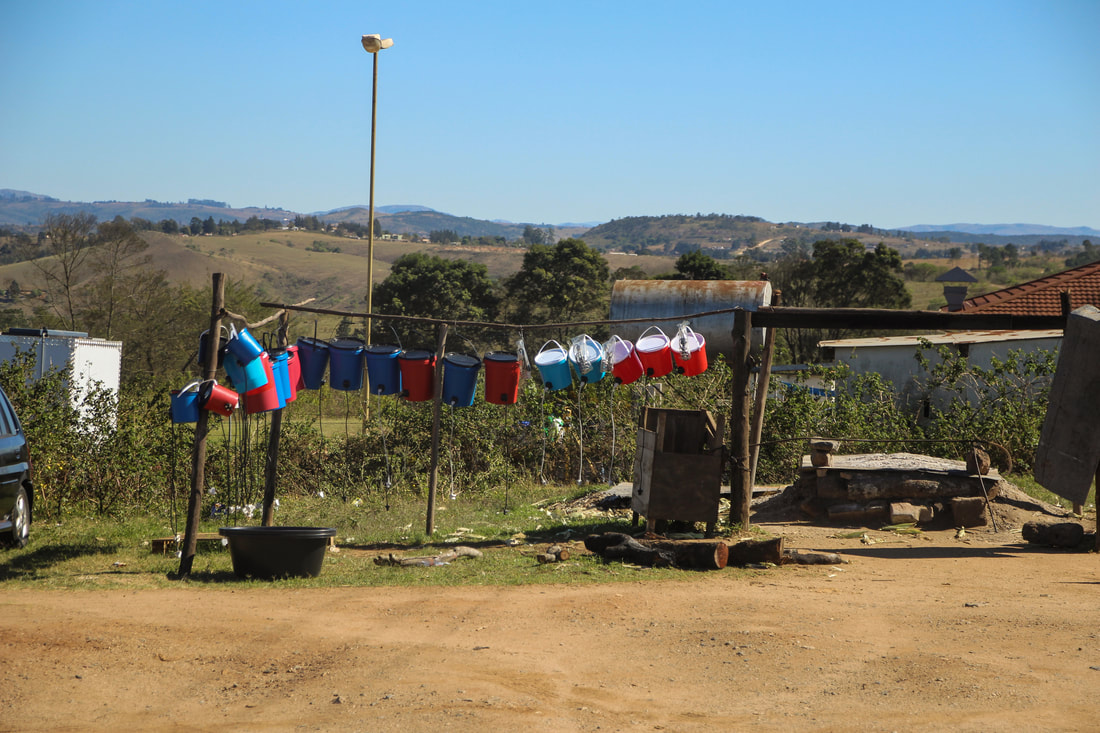
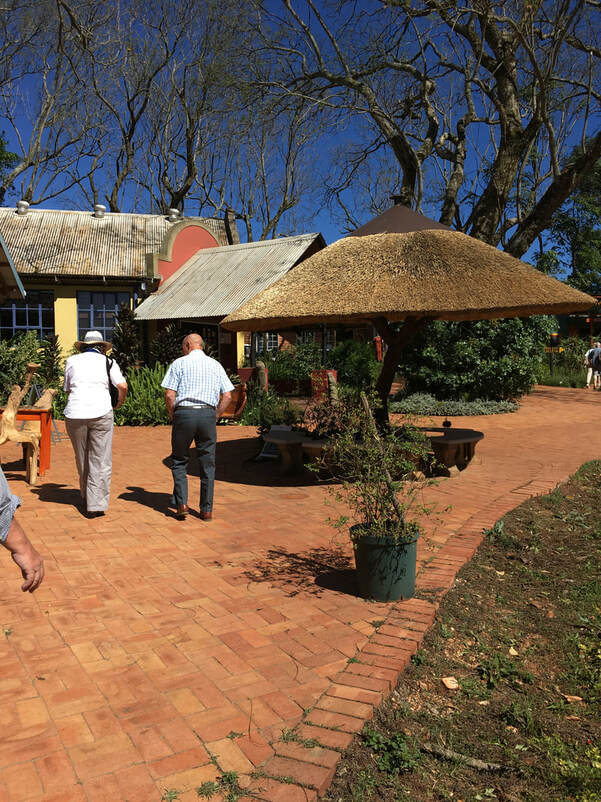
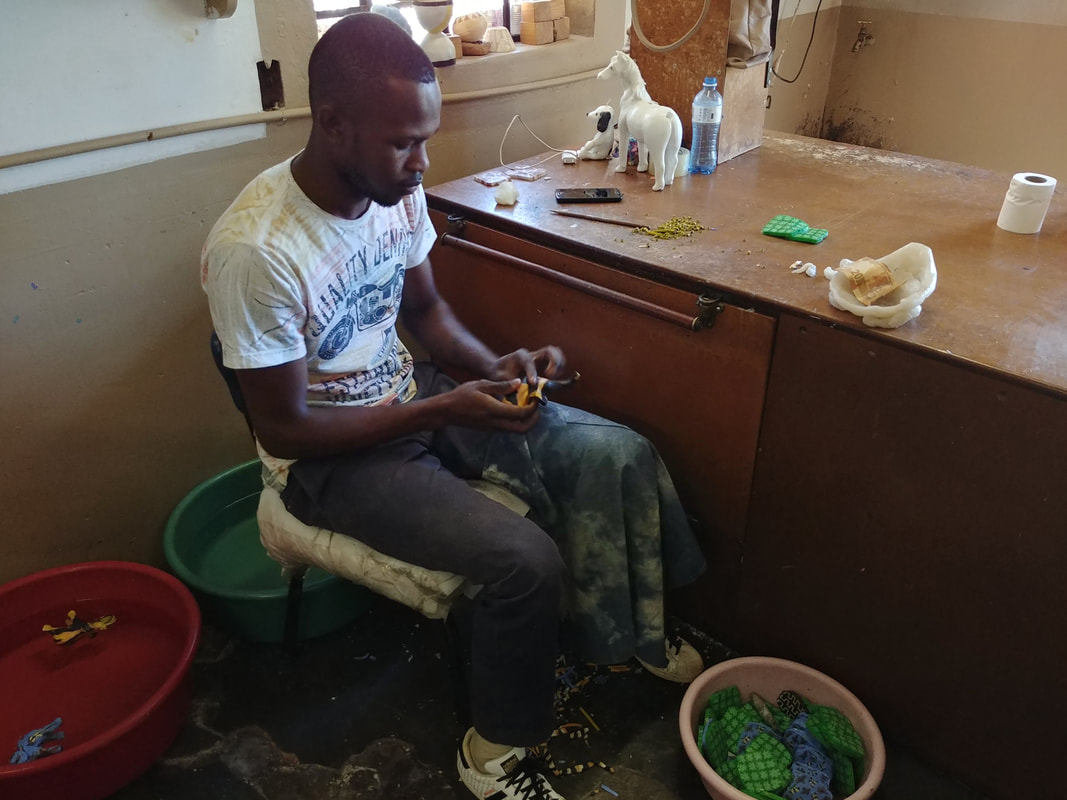
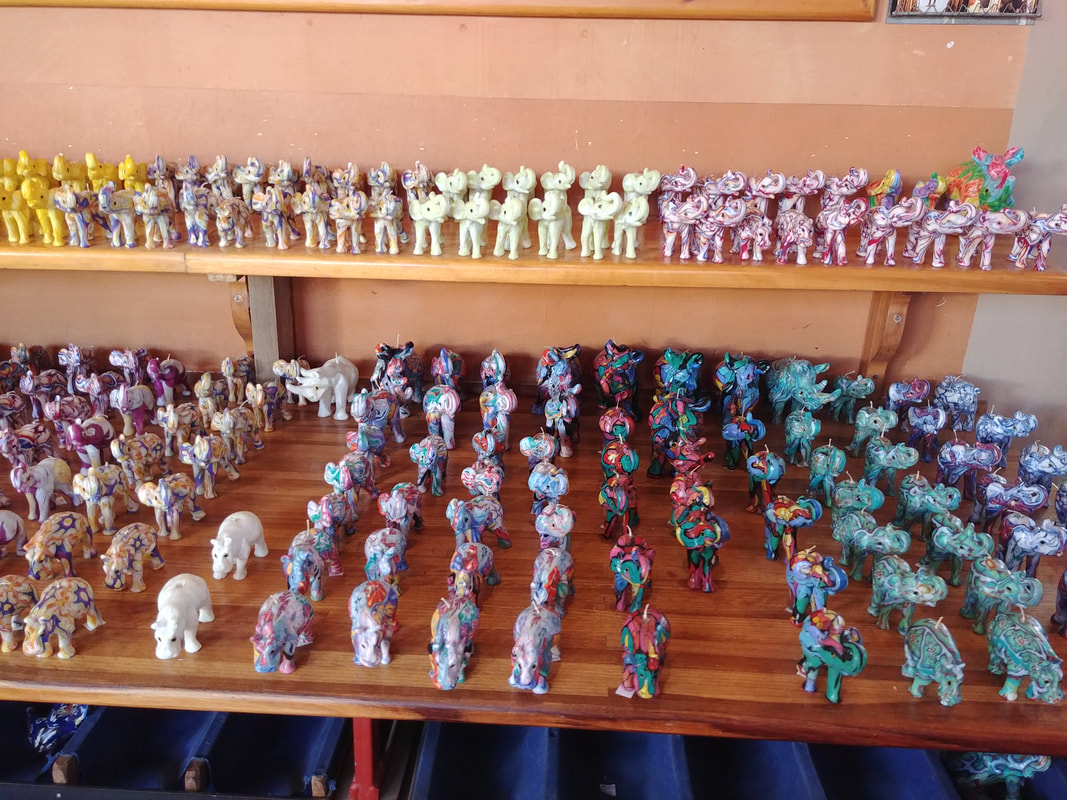
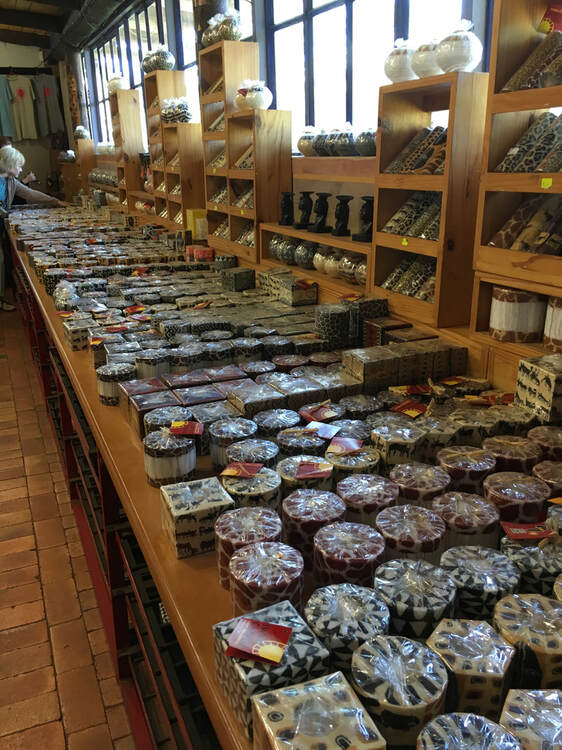
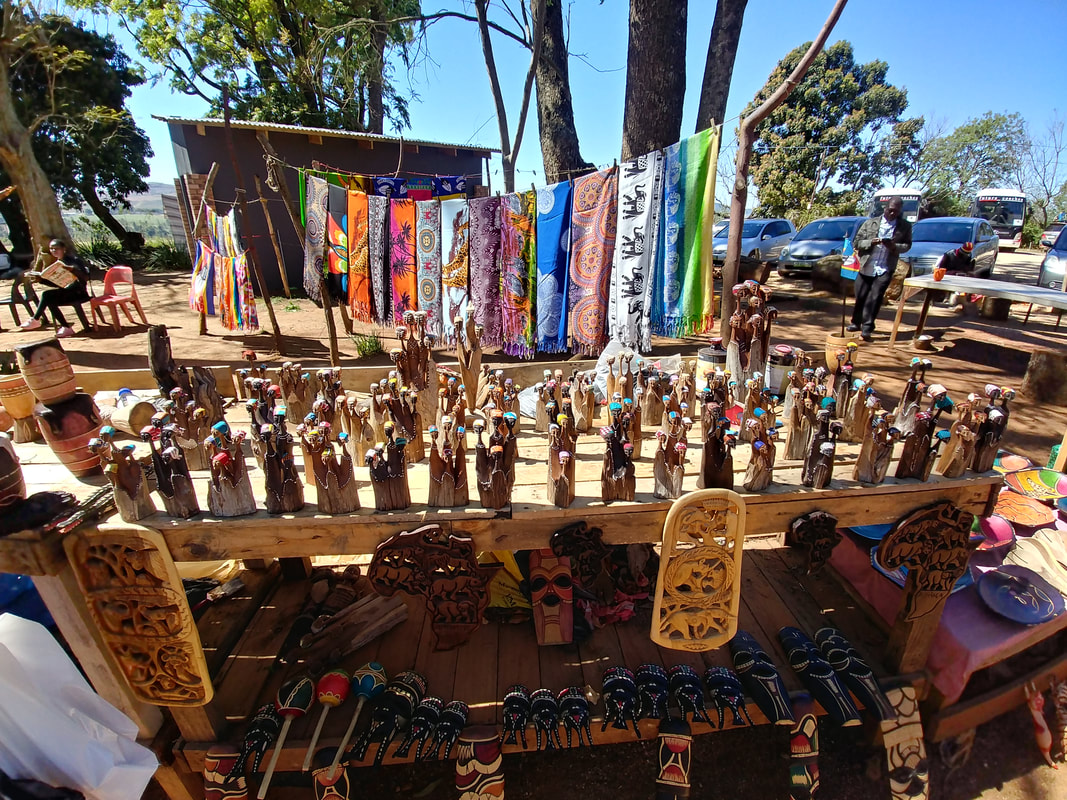
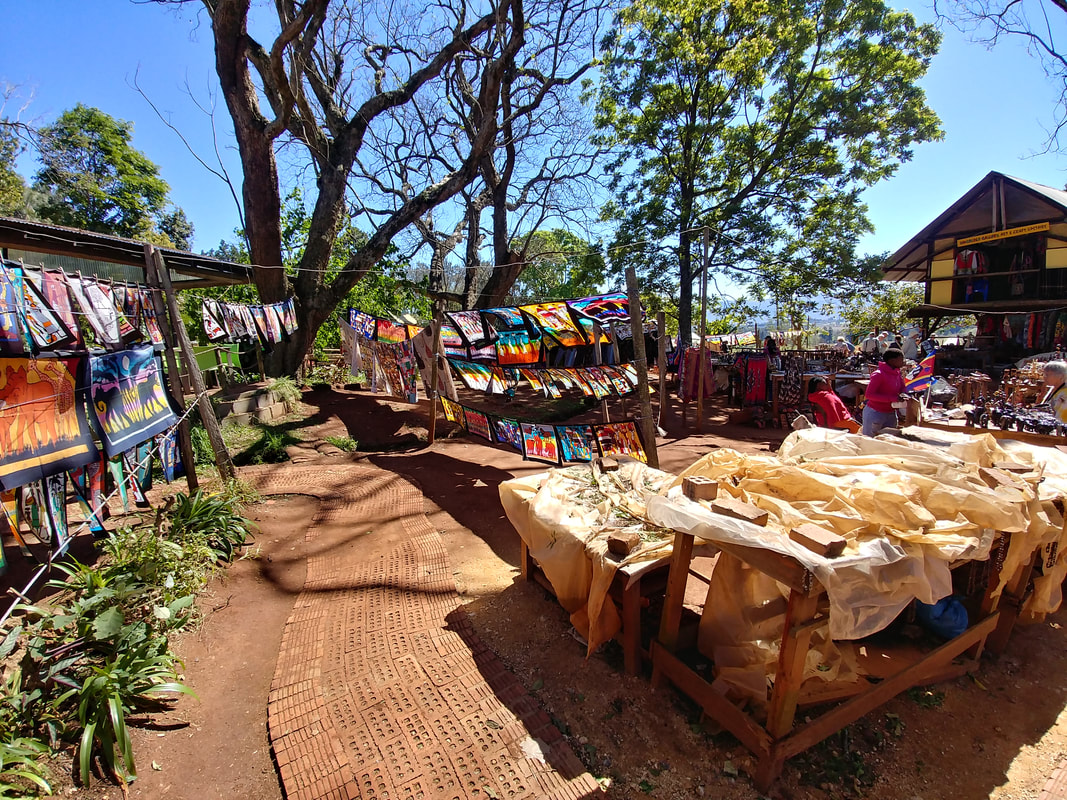
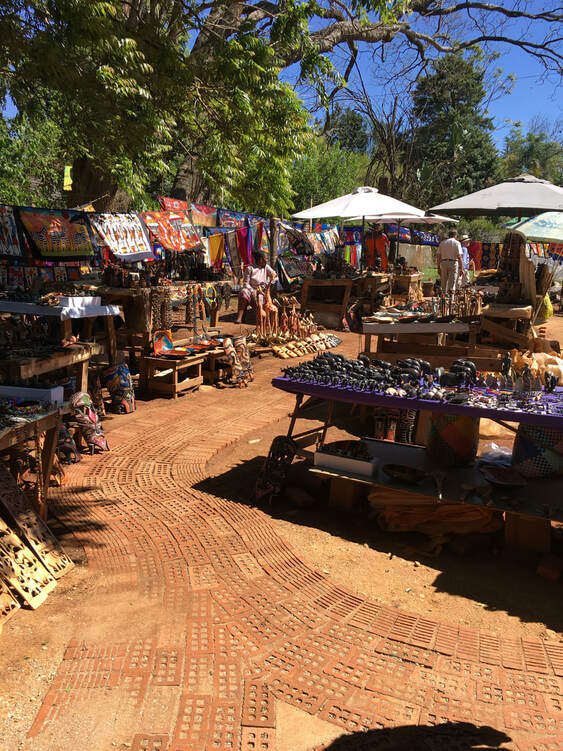
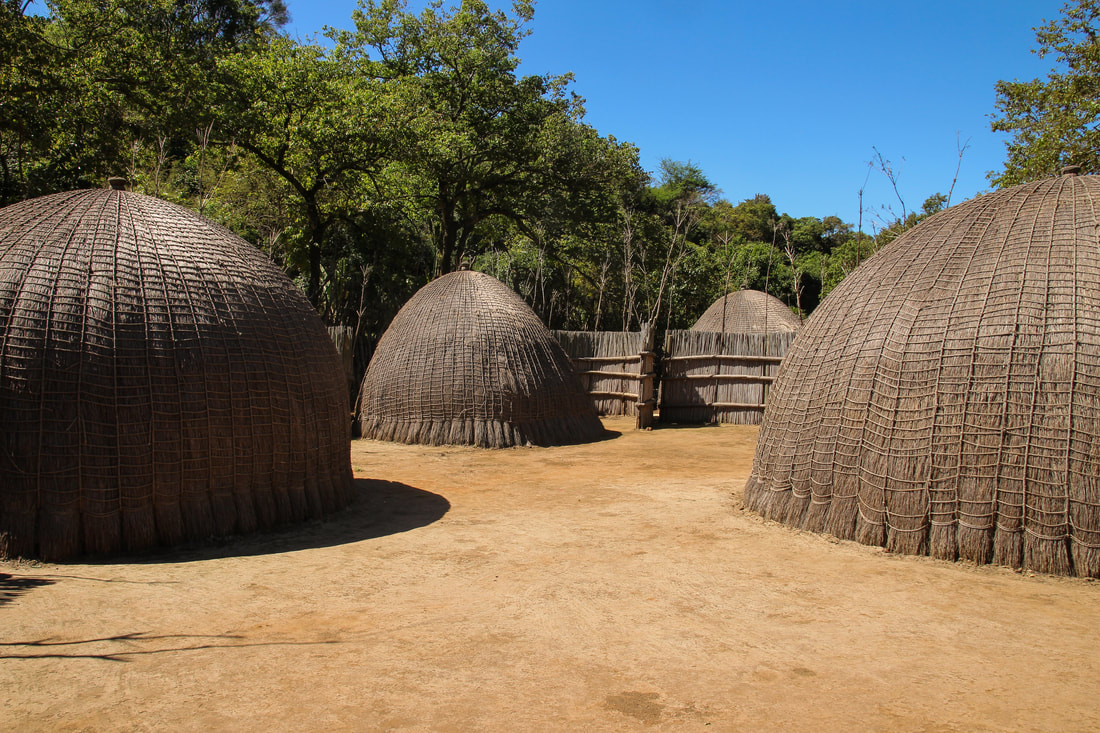
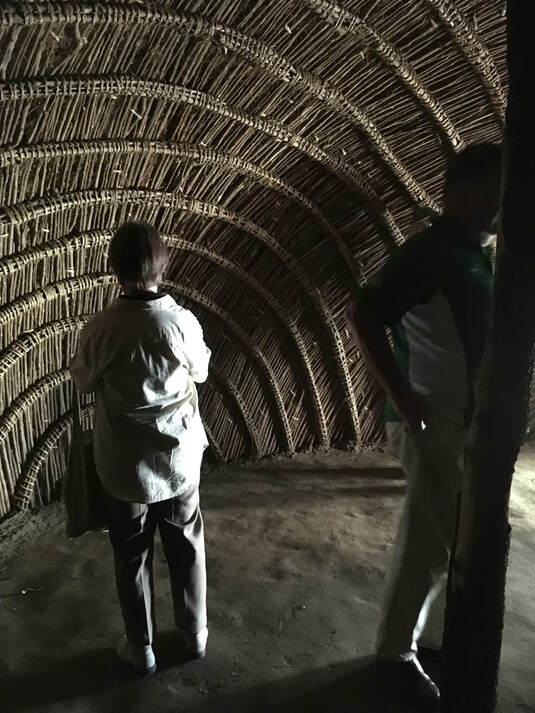
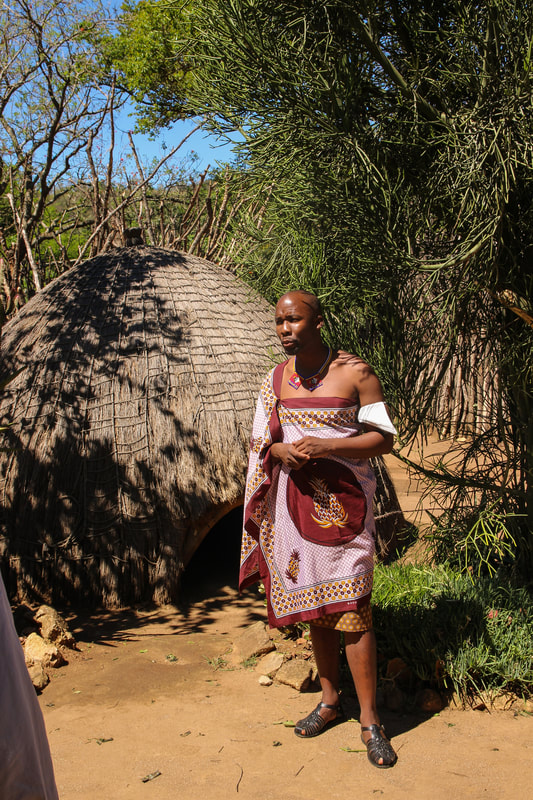
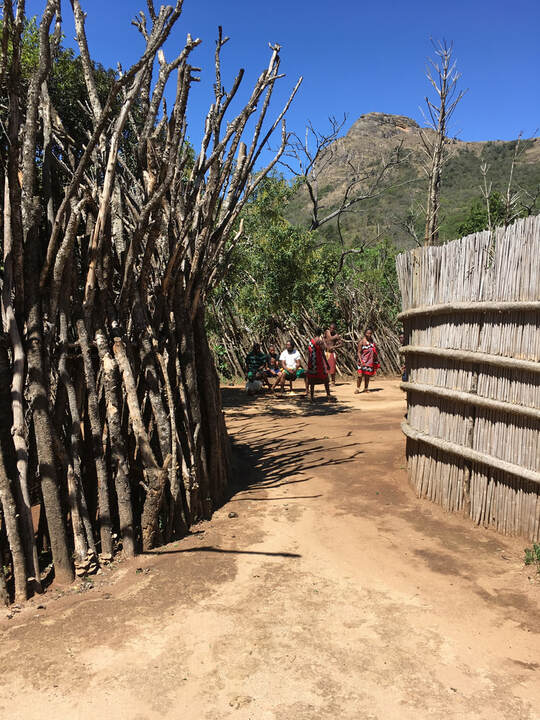
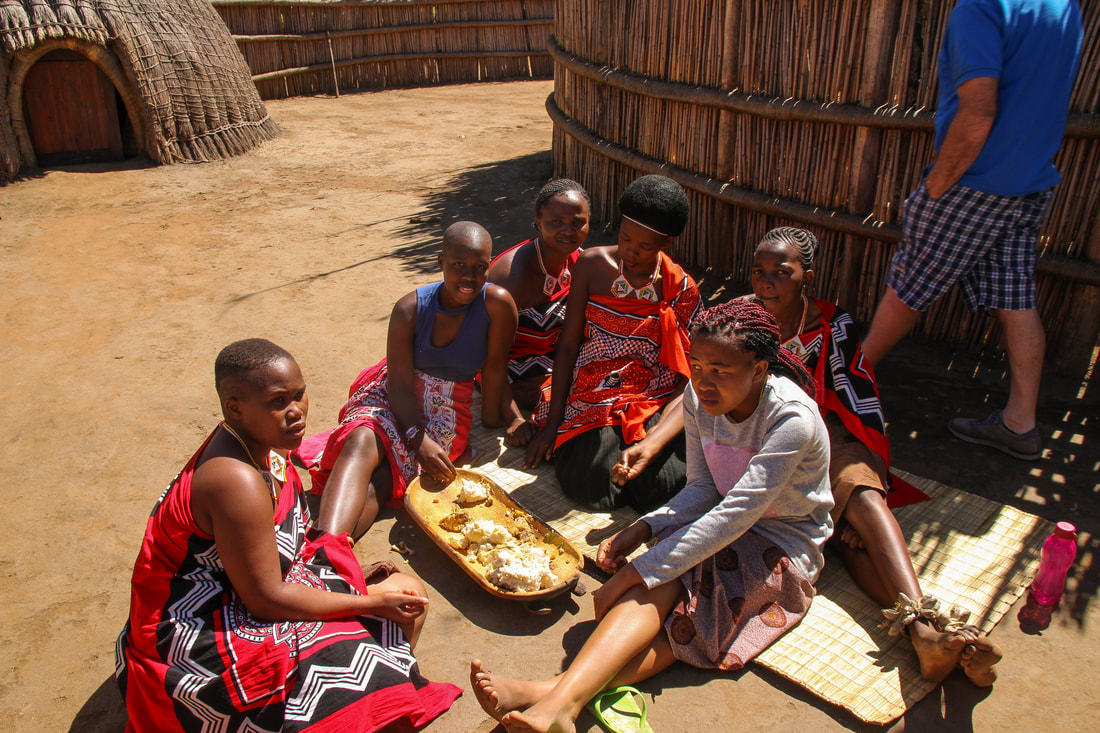
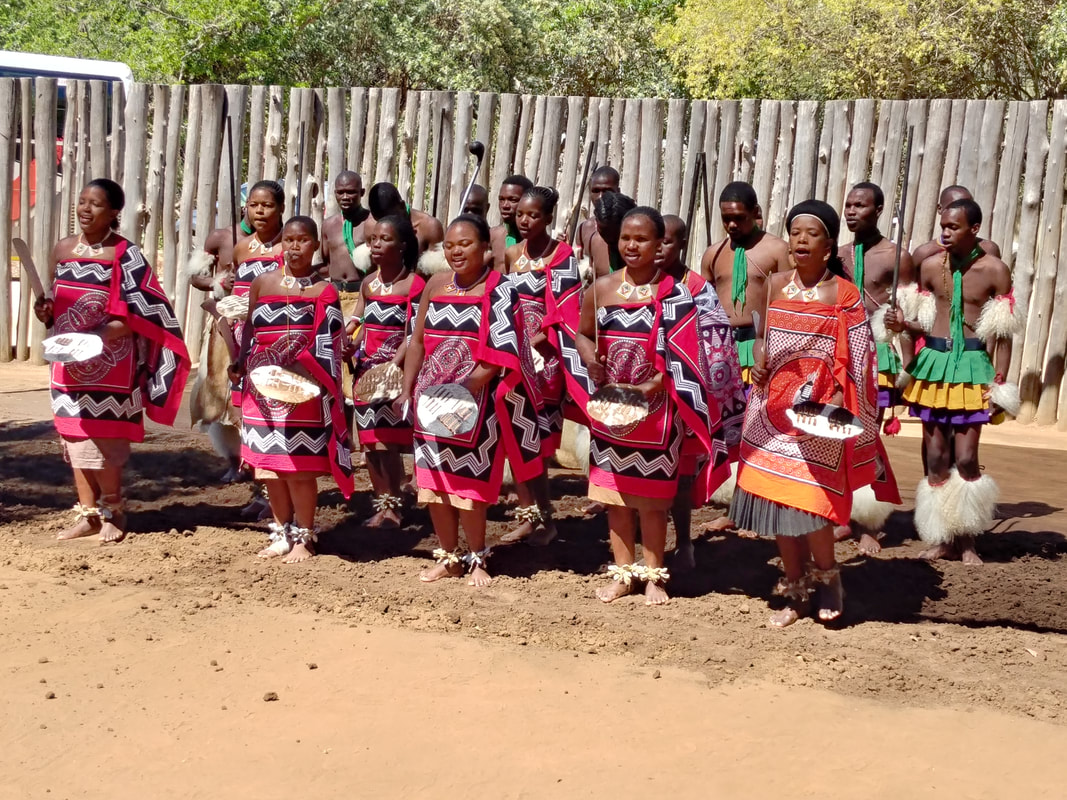
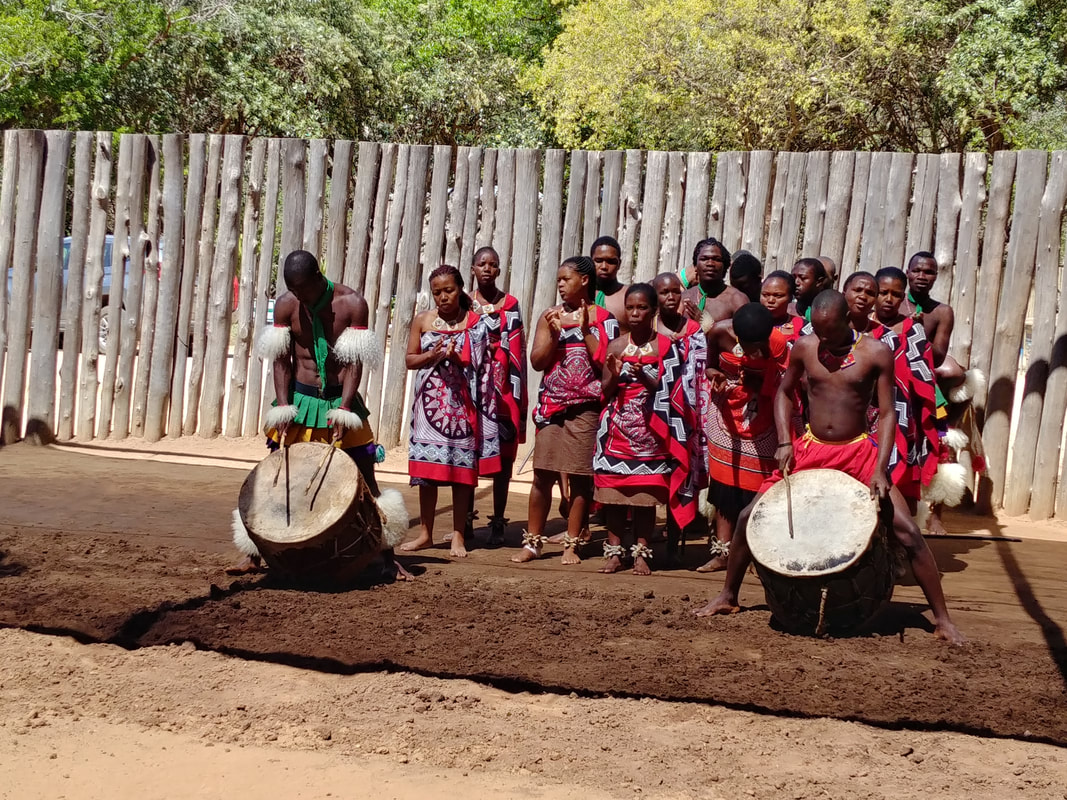
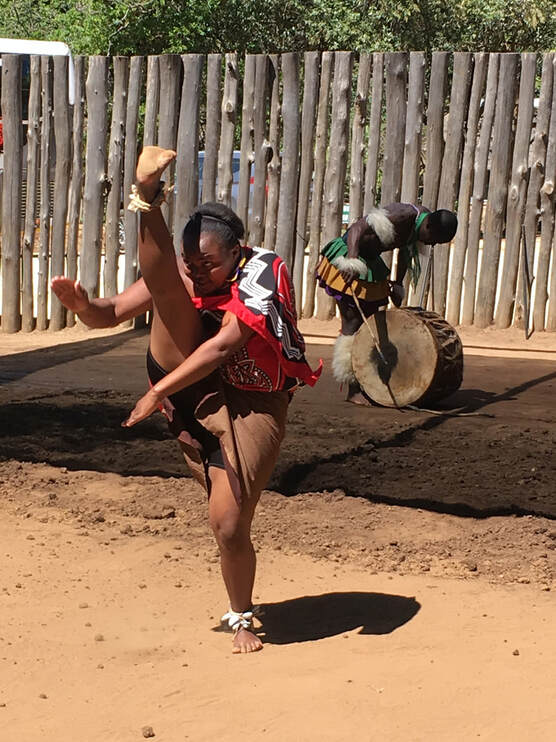
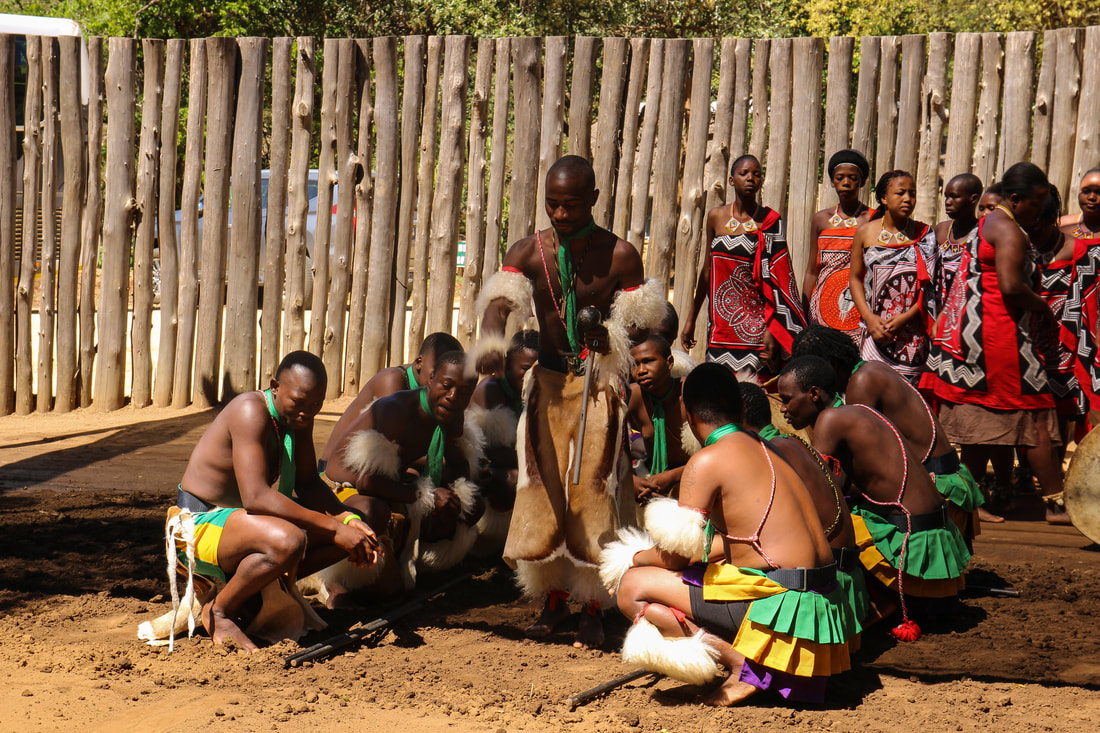
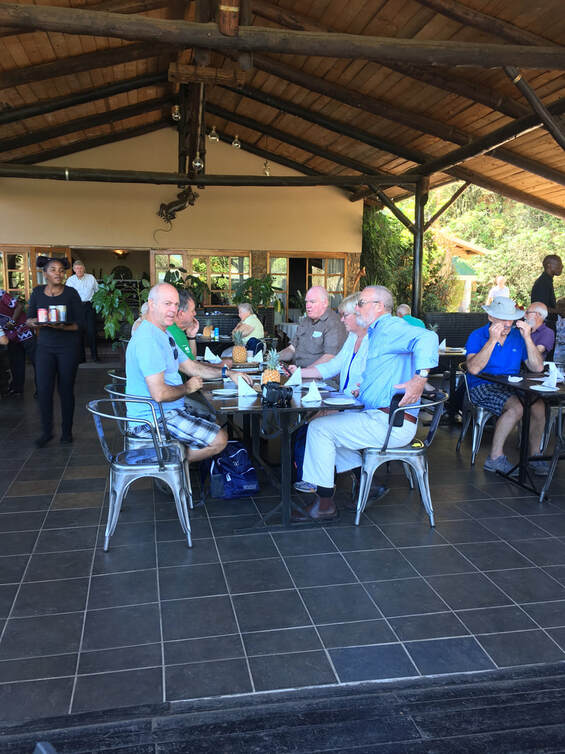
 RSS Feed
RSS Feed